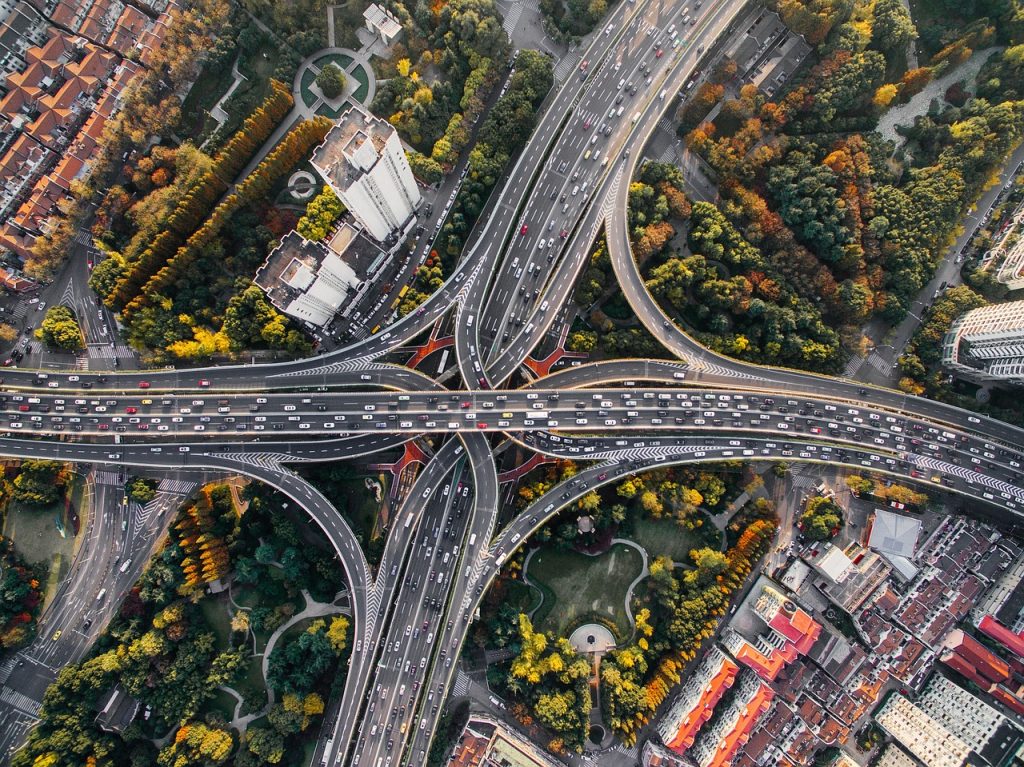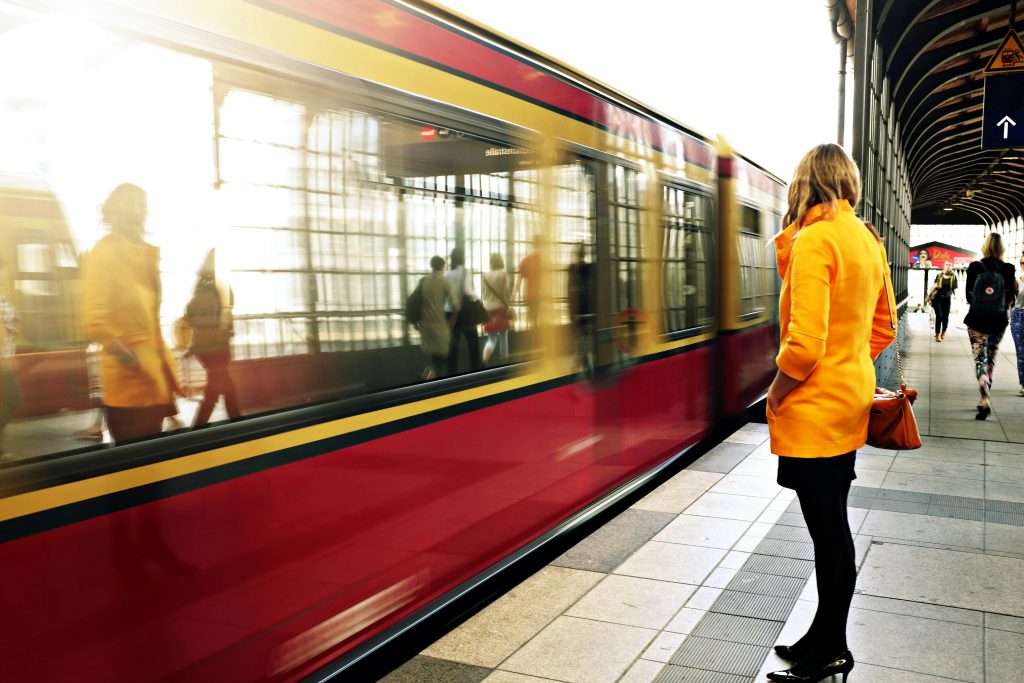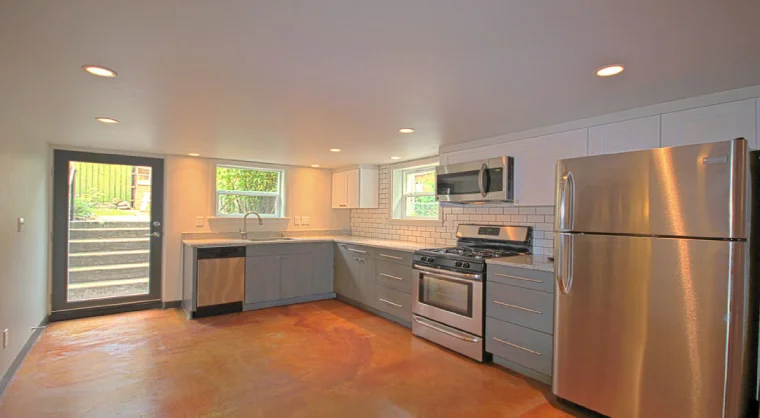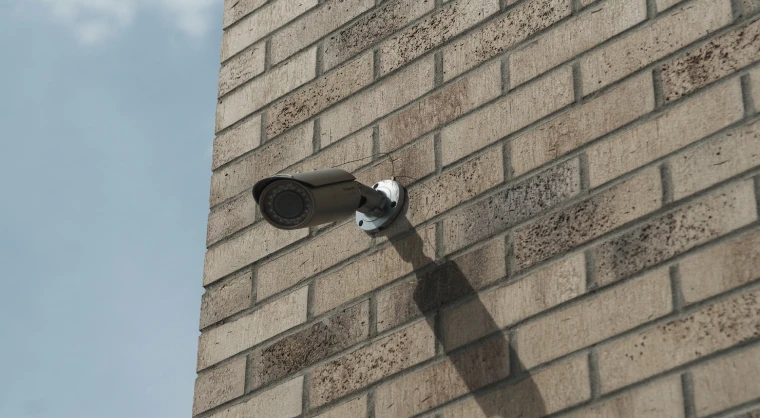- Mass transportation has fundamentally shaped urban living, from its evolution to the future it is heading towards.
- The development and expansion of mass transit systems have played a crucial role in the history and growth of cities.
- Public transportation enhances accessibility, promotes economic growth, and fosters social equity and inclusivity.
- The future of urban transportation lies in technology integration, sustainability, and creating vibrant, connected, and inclusive cities.
Urban growth has long been synonymous with hustle, bustle, and the clamor of city life, where bustling crowds and gridlocked streets were inevitable features. Yet, beneath the surface of this frenetic lifestyle, a silent force has been shaping not just how city dwellers travel but their very living conditions.
Mass transportation, a monumental achievement of engineering and urban planning, has intricately woven into our cities’ fabric, dictating their design, culture, and economy. This article is a comprehensive exploration of how mass transportation has impacted urban living, from its evolution to the future it is hurtling towards.
The Evolution of Mass Transportation in Cities
Cities and public transit are inseparable twins that have influenced each other in a dance of progress and adaptation. From the horse-drawn omnibuses that plied the streets of Paris in the 1800s to the sleek, high-speed rail networks crisscrossing modern metropolises, the evolution of mass transportation systems is a lens through which we can observe urban history.
Charting the Early Days
The inception of the modern city was heavily reliant on transportation. Mass migration from rural to urban areas and the Industrial Revolution created a need for large-scale transit systems. Horse-drawn and steam-powered railways started piercing city borders, allowing for the development and expansion of modern city centers.
The Age of Electrification
The late 19th and early 20th centuries witnessed the electrification of transportation and the birth of the modern mass transit system. Electric streetcars and trams became the lifeblood of burgeoning cities in America and Europe, extending the reach of urban areas and shaping the first suburban sprawls.
Enhancing Accessibility and Connectivity

Mass transportation transcends the mere act of moving people from point A to point B. The thread binds neighborhoods, suburbs, and entire cities together – figuratively and literally.
In Singapore, a booming country in Southeast Asia, the Mass Rapid Transit (SMRT) system is a prime example of how connectivity transforms city living. The SMRT has connected distant residential areas to commercial hubs and employment centers, making it easier for residents to access job opportunities and essential services.
SMRT CEO Ngien Hoon Ping notes that the efficient and reliable rail system has enabled Singapore to become a compact city with high-density living, reducing the need for private cars and promoting sustainable urban development. This has also helped reduce carbon emissions and improve residents’ overall quality of life.
Economic Benefits and Job Creation
Investing in robust mass transit systems is a catalyst for economic growth, generating many benefits beyond the fare box.
Building the Economy on Rails
The establishment and expansion of public transit systems create jobs, not only in their construction but in their operation and maintenance as well. Furthermore, the accessibility that public transit provides can stimulate local economies by bringing more customers to businesses.
Increasing Property Values
Studies have consistently shown that proximity to public transit increases property values, making urban living more attractive. This value uplift can be harnessed to generate funds for continuous improvement and expansion of the transit network, creating a self-sustaining economic cycle.
Social Equity and Accessibility
Public transportation carries with it the promise of equal access to opportunities, regardless of economic status or geographical location.
Providing Universal Mobility
The “great equalizer,” as some describe it, public transportation is often the only means of mobility for many in urban centers. It connects people to employment, educational institutions, healthcare facilities, and social activities, ensuring that cities remain accessible.
Promoting Inclusivity
Accessible public transportation infrastructure and services are crucial in the fight for an inclusive society. Providing services such as audio announcements, low-floor buses, and well-maintained pathways ensures that public transportation is genuinely open to everyone, including those with disabilities.
The Future of Urban Transportation

Envisioning the future of urban transportation is an exercise in predicting the course of an entire city. From hyperloops that promise to shrink travel times to electric scooters that expand the last mile, the possibilities are as varied as they are vast.
The Role of Technology
Emerging technologies, such as autonomous vehicles and digital ticketing, have the potential to revolutionize urban transportation. By integrating these innovations into existing transit systems, cities can create more intelligent, more efficient networks that offer a seamless travel experience.
Sustainable Pathways
With the specter of climate change looming large, the future of urban transportation must be green. The adoption of renewable energy sources, the expansion of bike-sharing initiatives, and a continued push for walkable city centers all represent steps toward a more sustainable urban transport model.
In Closing
The impact of mass transportation on urban living is robust and multi-faceted. By reducing congestion, promoting economic growth, enhancing accessibility, and fostering a sense of community, public transit systems have become indispensable to the modern city. As we look to the future, the challenge will be to leverage the power of mass transportation to create cities that are not just vibrant and connected but also sustainable and inclusive. In doing so, we can ensure that the silent force continues to shape our urban landscapes for the better – one ride at a time.





